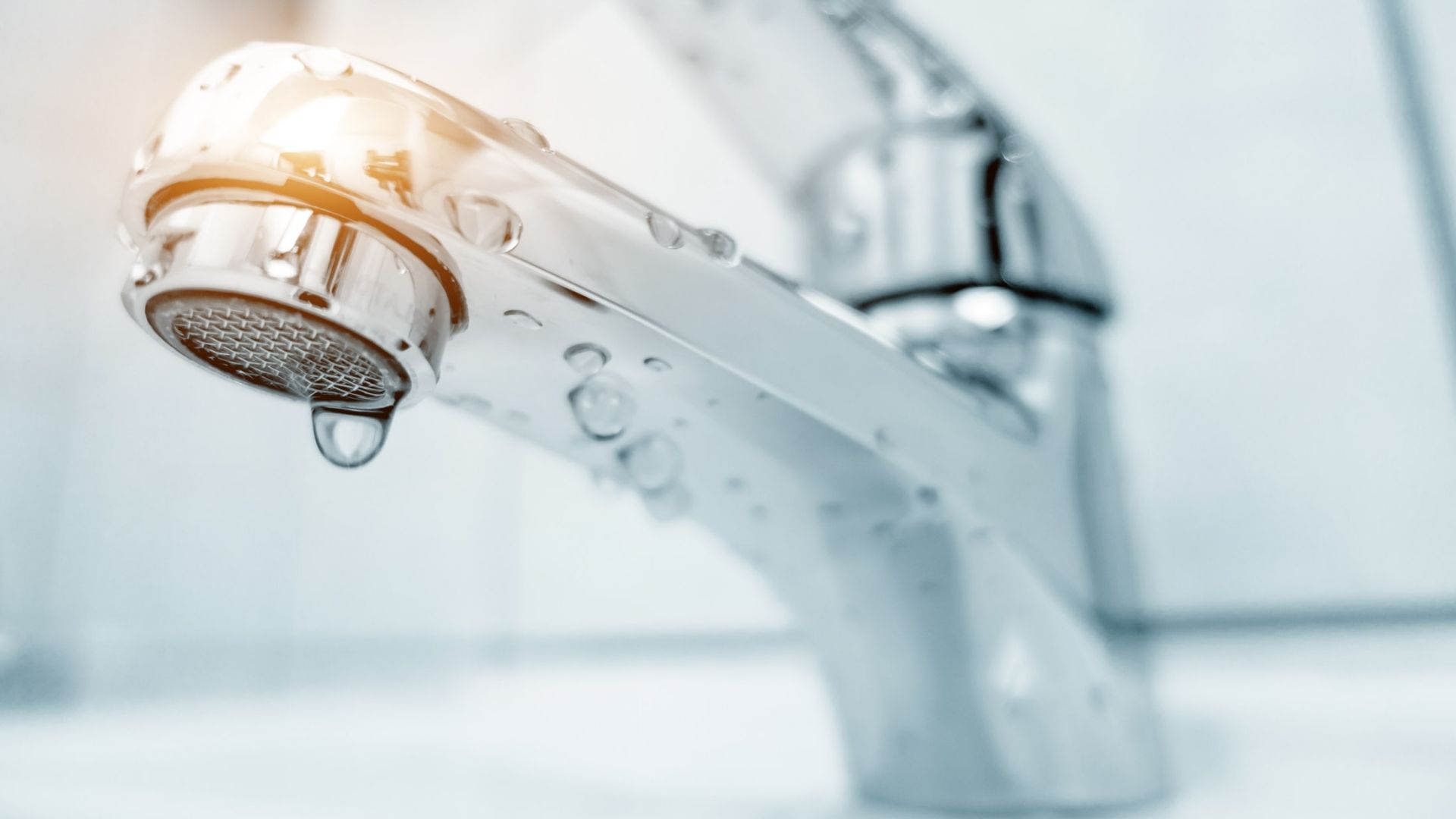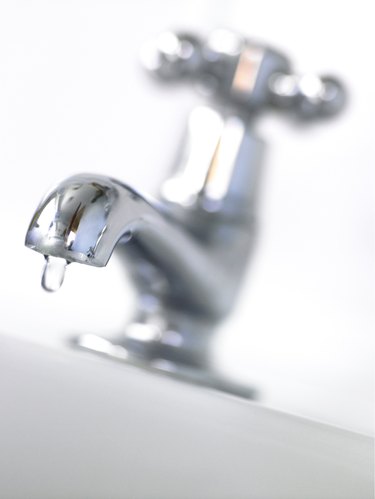Recommended Techniques for Dealing with Low Water Pressure in Your Home
Recommended Techniques for Dealing with Low Water Pressure in Your Home
Blog Article
Just how do you feel about Dealing with Low Water Pressure in Your Home?

Low tide stress in your home can be an aggravating trouble, impacting everything from bathing to cleaning recipes. If you're experiencing weak water circulation, there are numerous possible causes and options to discover. In this overview, we'll go over usual factors for low tide stress and sensible steps to address the issue efficiently.
Introduction to Low Water Stress
Low water pressure takes place when the flow of water from your taps, showers, and other components is weak than typical. This can make daily tasks extra challenging and less efficient. Comprehending the root causes of low tide stress is vital to locating the appropriate remedy.
Usual Root Causes Of Low Tide Pressure
Faulty Pressure Regulators
Pressure regulatory authorities are responsible for maintaining regular water stress in your home. If they malfunction, it can result in low tide stress or unequal flow throughout the house.
Municipal Water Supply Issues
Sometimes, the trouble lies outside your home. Community supply of water issues, such as main line leaks or upkeep job, can briefly reduce water stress in your location.
Pipe Obstructions
With time, pipes can become obstructed with mineral deposits, sediment, or particles, limiting the flow of water. This is an usual issue in older homes with galvanized steel pipelines.
Corrosion
Deterioration within pipelines can cause leaks and lowered water pressure. Corrosion buildup can tighten water flow, specifically in maturing plumbing systems.
Exactly How to Detect Low Water Stress
Inspecting Pipelines
Examine noticeable pipelines for signs of leakages, corrosion, or obstructions. Pay attention to any type of unusual noises, such as knocking or rattling pipes, which might show issues within the plumbing system.
Consulting with a Plumber
If you're not able to identify the cause of low water stress, take into consideration hiring an expert plumber to perform a complete inspection. They can determine underlying problems and recommend proper remedies.
Checking Faucets and Components
Begin by examining the water stress at different faucets and fixtures throughout your home. If the issue is isolated to specific locations, it might show localized issues.
Do It Yourself Solutions to Take Care Of Low Tide Pressure
Flushing Water Heater
Debris build-up in the water heater can limit circulation and lower performance. Purging the storage tank regularly helps remove debris and keep optimum efficiency.
Inspecting Stress Regulatory Authority
Ensure that the stress regulatory authority is working appropriately. Adjusting or replacing the regulator can help restore proper water stress throughout your home.
Cleaning Up Aerators and Showerheads
Natural resources can collect in aerators and showerheads, minimizing water flow. Remove and cleanse these parts frequently to boost water pressure.
Clearing Clogs in Water Lines
For minor obstructions, attempt utilizing a plumbing serpent or chemical drain cleaner to clear blockages in pipes. Be cautious when making use of chemicals and comply with safety standards.
When to Call an Expert Plumber
If do it yourself efforts fall short to settle the issue or if you believe considerable plumbing issues, it's best to look for support from a qualified plumber. They have the proficiency and devices to deal with complex concerns safely and efficiently.
Safety Nets to Maintain Water Stress
Mounting a Pressure Booster
Take into consideration installing a pressure booster pump to boost water pressure in locations with regularly reduced flow. This can be specifically useful for multi-story homes or homes with high-demand components.
Monitoring Water Usage
Bear in mind water use practices and avoid overtaxing the plumbing system. Easy adjustments, such as staggering showers and washing loads, can aid preserve appropriate water pressure.
Normal Upkeep
Schedule routine upkeep for your plumbing system to avoid problems such as corrosion, leakages, and obstructions. Attending to minor problems early can help stay clear of even more significant repair services later.
Conclusion
Taking care of low water pressure can be discouraging, however recognizing the underlying causes and applying appropriate options can recover optimal flow throughout your home. Whether it's cleaning up aerators, checking pipes, or consulting with a plumber, taking proactive steps can make sure a steady supply of water for your everyday requirements.
FOUR WAYS TO FIX LOW WATER PRESSURE NOW
Turning on a shower or faucet only to find the water comes out in a sad, slow drizzle is never a good feeling. How exactly are you supposed to wash a pan or take a quick shower when it takes 10 minutes just to rinse off a little soap? The good news is that when your water pressure is bad, there's always a cause: typically one that can be easily fixed. Here are some of the most common causes of low pressure and what you can do to fix the issue:
DEBRIS AND MINERAL DEPOSIT BUILDUPS
If you notice low water pressure from just one or two of the fixtures in your house, the problem likely has to do with debris buildup. Water is full of minerals and other debris, all of which can accumulate in your pipes and on your fixtures. This can cause a blockage that affects how much water flows through. To fix this, try filling a small plastic bag with white vinegar, and use a rubber band to hang it around your showerhead or faucet. Let the head of the fixture soak for a few hours, and the vinegar should loosen the deposits.
WATER LEAKS
Leaks are another common cause of low water pressure. If water is flowing out of your plumbing through a hole or crack before it can reach your fixture, the pressure coming out of the faucet or showerhead will be lower. A plumbing professional is your best bet for finding and repairing a leak in your water supply pipes.
Leaks are another common cause of low water pressure. If water is flowing out of your plumbing through a hole or crack before it can reach your fixture, the pressure coming out of the faucet or showerhead will be lower. A plumbing professional is your best bet for finding and repairing a leak in your water supply pipes.
A VALVE ISSUE
If you have low water pressure throughout your home, check your main shut-off valve to make sure it's completely open. You may also want to see if there's a pressure-reducing valve installed. If there is, have a plumber help you adjust the settings to get the pressure you're looking for.
OTHERS USING WATER
Believe it or not, your low water pressure could be caused by your neighbors. If you notice low pressure at certain times of day, it may be because you and the people living next to you have similar schedules - when everyone is showering at the same time, the pressure will be lower in every home. Low pressure throughout the neighborhood may also be caused by an issue with your municipal water supply. If that's the case, call the supplier to see if they're working on the issue.
https://www.rotorooter.com/blog/water-leaking/low-water-pressure-fixes/

As a fervent reader about Dealing with Low Water Pressure in Your Home, I thought sharing that topic was really helpful. Enjoyed our review? Please quickly share it. Help someone else discover it. Thanks for going through it.
Schedule Appointment Report this page